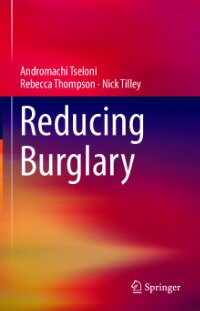By Kim Shayo Buchanan, Hilary Rau, Kerry Mulligan, Tracie Keesee, and Phillip Atiba Goff
Whether a group is dedicated to racism (a “hate group”), or advocates the overthrow of elected governments (a “paramilitary gang”), or both—no police officer or law enforcement agency should support or affiliate with it. Officers who support or affiliate with hate groups and paramilitary gangs undermine the mission of their law enforcement agency by allying themselves with lawbreakers and by undermining the department’s efforts to ensure equitable policing and earn community trust. These guidelines aim to assist law enforcement to 1) identify, discipline, and remove officers who intentionally affiliate with hate groups or paramilitary gangs, and 2) adopt institutional values, policies, and rules that will allow for no mistake about the department’s position: it is not appropriate for a law enforcement agency or a police officer to support or affiliate with hate groups or paramilitary gangs. We recommend that law enforcement agencies (“LEAs”) adopt the rules and best practices set out below, and make them public.
West Hollywood, CA: Center for Policing Equity, 2022. 24p.





















